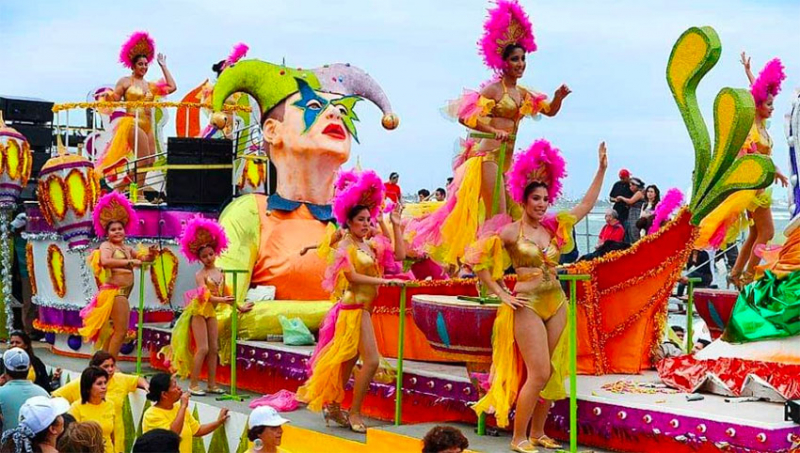Carnaval
Carnival is celebrated in Mexico by over 225 localities in diverse ways, with the largest and most famous festivals and events taking place in Mazatlán and Veracruz.
Larger celebrations which are comparable to other Carnivals in that they feature floats, queens, and costumes, but are not as massive as those held in Rio de Janeiro and New Orleans. Carnival traditions in smaller and more rural areas have preserved more of Mexico's indigenous and religious heritage, and they differ based on the local indigenous cultures into which Carnival was integrated.
Veracruz and Mazatlán have the two largest modern public Carnival festivities in Mexico, with other large celebrations attracting significant numbers of people, largely from Mexico. The majority of the larger carnivals begin with the burning or condemnation of a "mal humor" (bad mood) effigy, the election of a Carnival Queen and, occasionally, a King Momo, parades with floats (especially on the Sunday before Ash Wednesday), street parties and vendors, and concerts by musicians performing popular and traditional musical styles. Participants' costumes range from masquerading as the opposing sex to parodies of political figures.
Location: Veracruz and Mazatlán
Date: February











